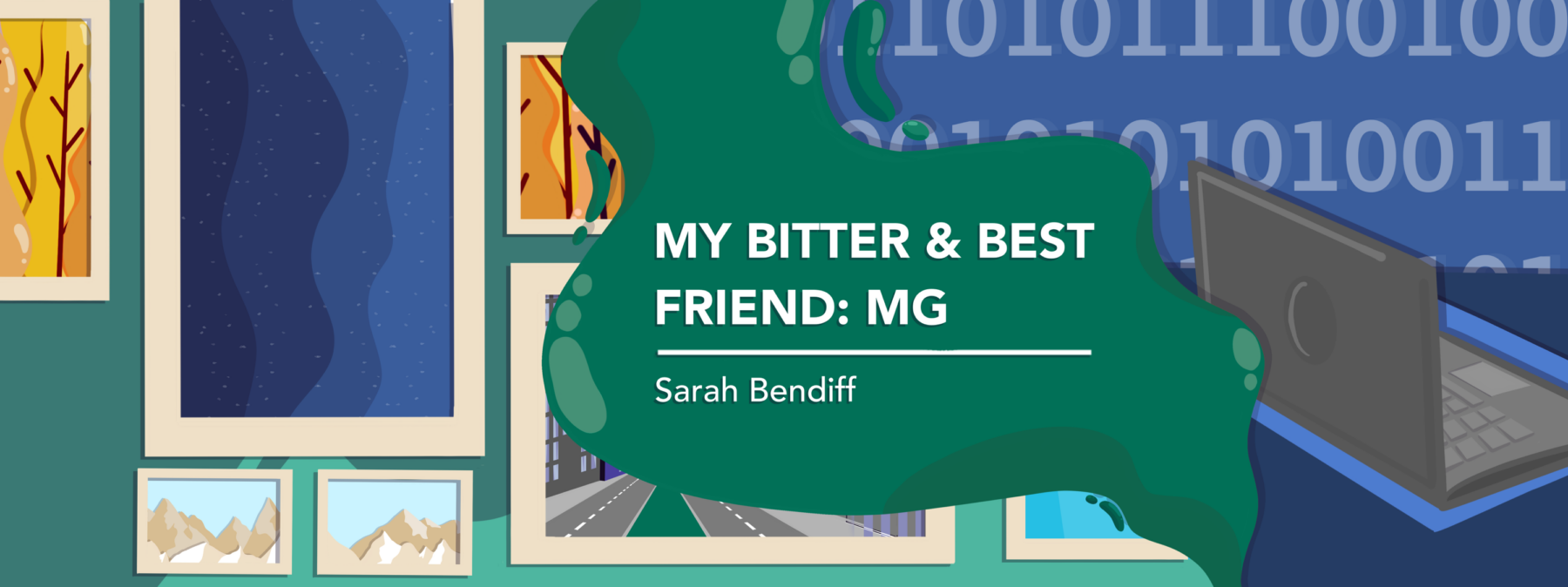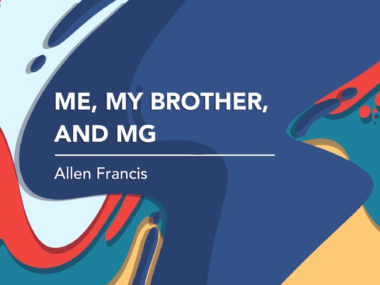On representation, community content, and chronic illness
A guide to creating impactful, relatable awareness content about illness
Written by |

Last year, when I started a new job, I was asked to create funny, educational videos. The first topic I tackled was “Celebrities You Didn’t Know Have an Invisible Disability.”
And right there, I had this strange realization: I hadn’t been drawn to a subject I’m usually passionate about, such as physics, or even something related to my everyday job in digital marketing. Instead, I chose a topic so intertwined with my life that you could say myasthenia gravis (MG) had written the script herself.
It made me wonder: Are we represented? Are people living with chronic illnesses — those whose health problems make it difficult or impossible to follow a “normal” daily rhythm — visible in society? Are we acknowledged, respected, considered?
The pessimistic answer would be a solid “no.”
Before I was diagnosed with MG, I’d never heard of conditions where disability doesn’t always look like paralysis. I couldn’t imagine the reality of living with a chronic disease that flares up at random. As a child, I even found it cool that my cousin had to take insulin. I now recognize that feeling as a result of misrepresentation.
Thankfully, we’ve started seeing more content, including movies and television series, about rare diseases. Sure, they sometimes dramatize it, but at least it’s something. I also admire celebrities who open up about their conditions and take part in awareness campaigns. I know how hard that must be, especially when you’re expected to be perfect and inspiring 24/7.
But is media the only way to highlight such important realities?
Honestly, I think we’re living in a time when we don’t need huge platforms to make an impact. Social media is wide open to everyone, and creating content has never been easier. Our phones are enough!
As a social media manager, here are my personal tips for creating impactful, relatable awareness content about invisible disabilities or chronic conditions.
1. Make it fun: We naturally want to show the hard parts of living with illness. We want people to understand our pain. But let’s be real: People use social media for entertainment. To relax. And that’s what makes the attention-deficit/hyperactivity disorder content community so successful: They make jokes about how their condition shows up in everyday life. They’re not making fun of the illness itself; they’re making it easier to talk about. So make it fun. Laugh a little, even if it hurts sometimes.
2. Use storytelling: Spreading awareness isn’t about fairy tales. It’s about showing real people, real characters, with real experiences. It’s about saying, “I look like you. I live like you. But here’s what you don’t see.” That creates a connection. It helps others relate, whether they’re sick or not. It breaks down the fear that comes with medical jargon and shows that we’re just people, not diagnoses.
3. Encourage sharing: Sometimes the people closest to us only understand what we’re going through when they hear it from someone else. There’s something about human psychology — like when your partner eats a meal at a stranger’s house that they’d never touch at home, and you suddenly wonder why. We tend to take information more seriously when it comes from an unfamiliar voice. So if someone shares your post, it may do more than you think. Don’t underestimate the ripple effect.
What I’m trying to say is this: If we don’t find visibility through official programs or mainstream media, that’s not the end of the road. We can build something powerful on our own terms.
Sometimes you need to zoom out a little to gain perspective. Look at this incredible community we’re part of right now — just by reading and writing these words.
I hope this message sticks with you. I hope we keep showing up, telling our stories, and creating content that doesn’t just raise awareness, but brings joy and understanding, too.
Because we really could be the coolest content creator community ever.
Note: Myasthenia Gravis News is strictly a news and information website about the disease. It does not provide medical advice, diagnosis, or treatment. This content is not intended to be a substitute for professional medical advice, diagnosis, or treatment. Always seek the advice of your physician or other qualified health provider with any questions you may have regarding a medical condition. Never disregard professional medical advice or delay in seeking it because of something you have read on this website. The opinions expressed in this column are not those of Myasthenia Gravis News or its parent company, Bionews, and are intended to spark discussion about issues pertaining to myasthenia gravis.







Leave a comment
Fill in the required fields to post. Your email address will not be published.